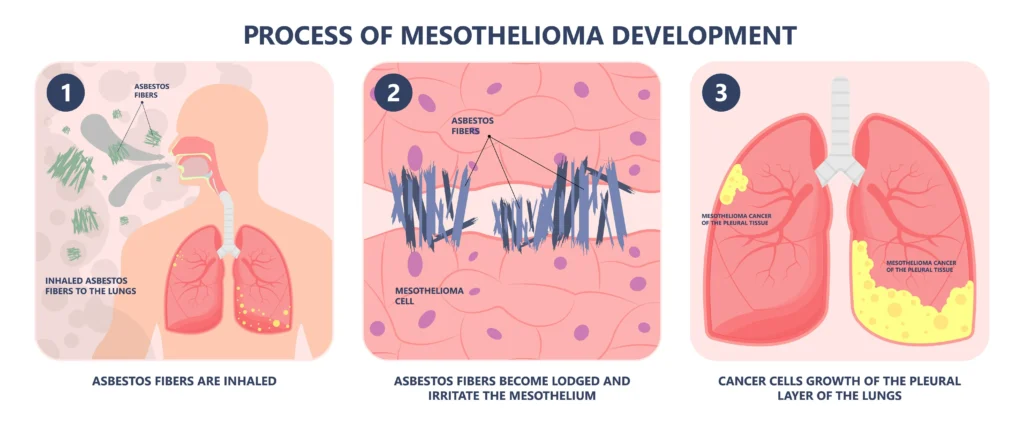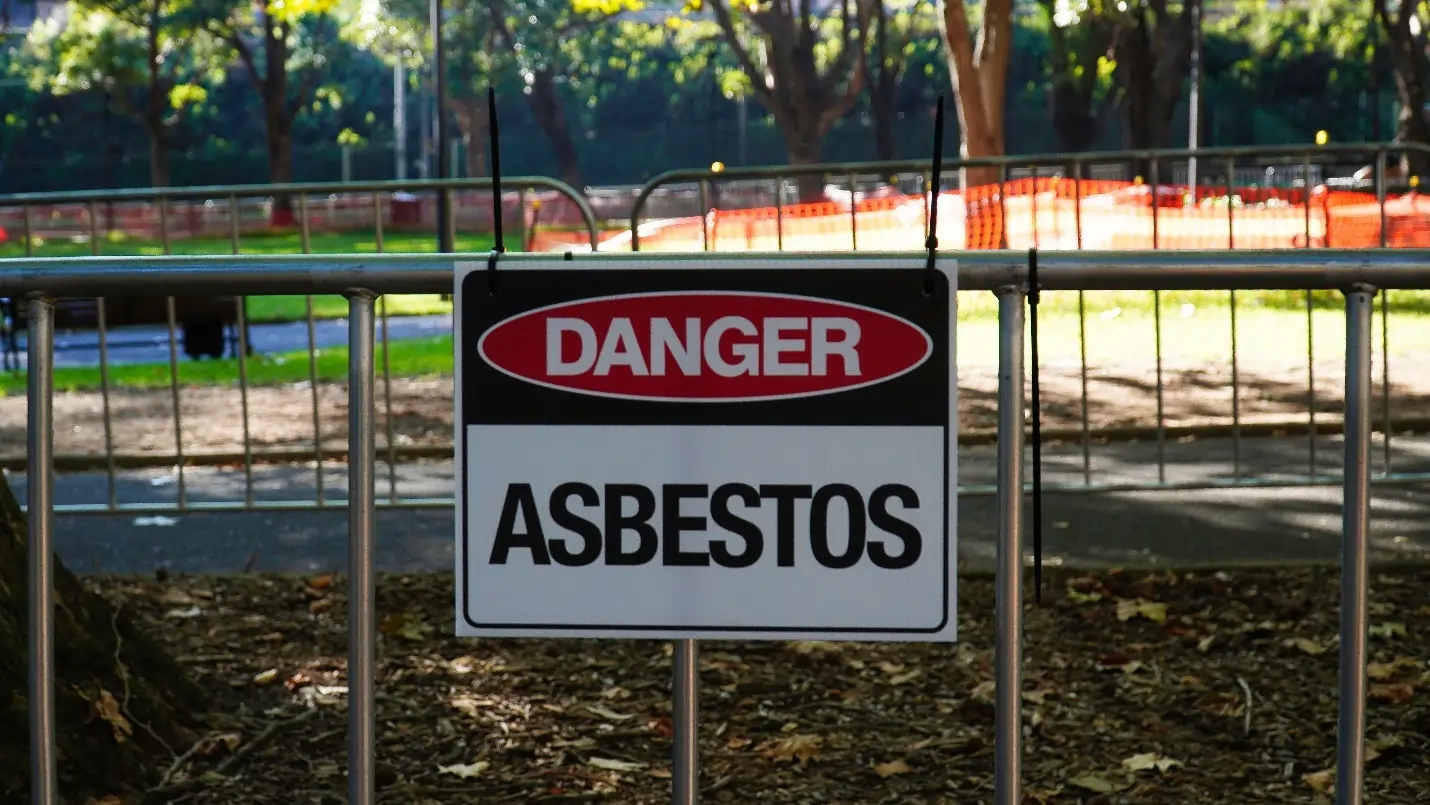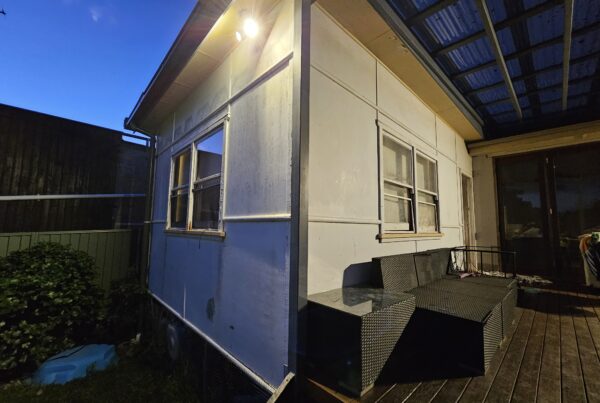Early this year, a child bringing mulch home from a playground in Sydney made national headlines. It set off alarms after the child’s mother told reporters she saw what looked like chunks of asbestos in the mulch. Subsequent investigations by authorities found traces of this cancerous material in mulch from dozens of other sites across the city.
Later, medical experts came out saying that the bonded asbestos found in the mulch was too small to pose a serious threat to anyone’s health. While reiterating that no amount of asbestos should be in the body, this particular asbestos is locked in a resin encapsulation that prevents it from releasing its fibres unless damaged or disturbed in any way.
That said, Australian homes built before the 1990s contain far more than bits and pieces of asbestos-containing materials (ACMs) like floor tiles or insulation materials that contain asbestos. Whether by disturbance or the passage of time, households can be risking their health and safety by not getting rid of ACMs with haste. Here’s a close look into what asbestos removal Sydney experts have to say about this.
How Asbestos Harms the Body
The negative health effects of asbestos aren’t a recent discovery. We’ve known this way back at the turn of the 20th century when a worker in the U.K. who worked with asbestos fibres died due to long-term scarring of the lungs.
Respiratory tissues are some of the most delicate tissues in the human body, meaning it doesn’t take much force to inflict serious damage on them. With an average size ranging from 0.1 to 10 microns (1/1,000ths of a millimetre), asbestos dust and fibres can enter the body via inhaling and lodge themselves in the lungs, leading to serious respiratory problems.

- Shortness of breath
- Pain in the chest and surrounding areas
- Loss of appetite, resulting in weight loss
- Incessant coughing
- Excessive sweating in the evening
Furthermore, mesothelioma can spread aggressively. If it does, medical experts say it has likely reached stage four and has begun metastasis, typically toward the bones,liver and kidneys. As such, symptoms associated with other types of cancer can manifest, such as pain in urinating and jaundice or yellowing.
Due to it depending on asbestos so much for a long time, the Australia-New Zealand region has consistently ranked in the top five regions for mesothelioma incidence rates,with 1.3 cases per 100,000 people recorded in 2020. Australia alone accounts for between 700 and 800 mesothelioma cases annually, with over 700 deaths recorded in 2021.
The good news is that medical researchers have recently made a breakthrough in creating a drug for treating mesothelioma. However, until that drug hits the shelves (which can take several more years), asbestosis and mesothelioma remain incurable.Your best bet is still steering clear of asbestos or, if your house is built on it, get rid of it immediately.
Do Not Disturb
As dangerous as they are, asbestos can’t put lives at risk unless enough force to release its fibres is applied. According to the Mesothelioma Center, the fibres can remain airborne for 48 to 72 hours before settling to the ground. However, even if these airborne contaminants settle, they don’t stay on the ground for long, as just walking over them is enough to get them back in the air.
Our asbestos safety removal team often encounters cases where conducting home renovation work without prior asbestos testing or risk assessment leads to airborne asbestos fibres. Experts can’t stress enough how crucial it is to test properties built before the 1990s for asbestos before doing any demolition work, repairs or renovations of any scale.
Even if you don’t do anything to the ACMs, the elements will wear them down and release their fibres all the same. Non-friable asbestos will take a longer time as the hazardous materials are integrated into more durable building materials, but the same can’t be said for friable asbestos.
Overall, there’s no guarantee that the asbestos cement products and insulation materials in residential premises will remain inert throughout your lifetime. Some fibres may already be airborne asbestos by the time you decide to get rid of it. In that case, it’s imperative that you act immediately to keep the damage to a minimum and mitigate the risk of what comes next.
Secondary Exposure
If, by some miracle, a person manages to stay healthy despite exposure to asbestos,they can still be a health risk to other people. Asbestos fibres can latch onto various surfaces, such as clothing, allowing these health hazards to be transported wherever the host goes.
When the fibres get in range of another unsuspecting individual, simple movements on the host’s part can release them and enter that person’s body. Other hosts include furniture or any other surface that may contain asbestos. This is referred to as secondary asbestos exposure, and it can be every bit as deadly to the general public as direct or occupational asbestos exposure.
Research has shown that secondary exposure to these hazardous materials will remain a cause of concern for several generations due to how much asbestos materials Australia has used over a century. Asbestos fibres are invisible to the naked eye and have no smell or taste, adding to the danger. Long story short, asbestos isn’t something to be left to chance.
This is something asbestos professional removal services like us strive to prevent, given what their work entails. Anything we wear when dismantling ACMs becomes asbestos waste as soon as we step into the work area or contaminated sites and, therefore, must be disposed of after our licenced asbestos removal work. The only exception is our personal protective equipment, but even that requires special decontamination procedures as part of occupational safety regulations.
Conclusion
Asbestos has no place in today’s buildings or residential premises. It may have been a great material for the time it was widely used, but now we know better that it’s slowly claiming lives. We’re left dealing with the effects of asbestos long-term exposure, especially lung cancer and mesothelioma, long after the complete ban at the end of 2003.
As long as vestiges of asbestos persist, communities can never be truly free from the risk of serious illness and respiratory problems. As such, consider getting ACMs removed by an asbestos removalist as early as now before the signs of asbestosis rear their heads.






